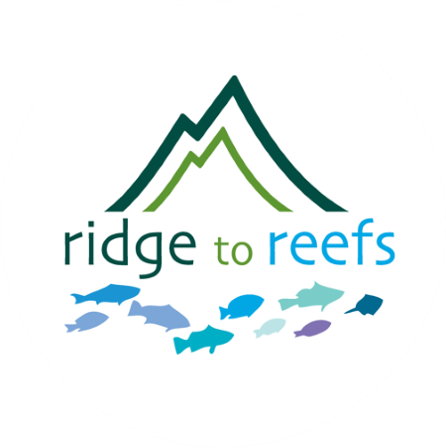Maui Diaries - Day 15: Last Day in Paradise
Oct 15th, 2020
Today I (Kelly) am leaving Maui, while Phal and Paul are staying behind for a few more weeks to wrap up several of our projects. Since I am the resident blog writer, the Maui Diaries series will come to a close for now. In this final post, I will highlight some of the lessons learned from this trip, from the perspective of someone relatively new to both the environmental nonprofit sector and Hawaii:
1. Despite living in an electronic world, “paperwork” continues to stall progress. We unexpectedly had to wait several weeks after arriving for agencies to grant us permission to our field site, although we have already been working there for several years. We are still waiting patiently, with our contractor ready to pounce at any moment. Due to this delay our team will likely need to work over the weekend and stay longer on Maui than previously anticipated to get the job done. (Good thing the guys didn’t buy return tickets - this is exactly the reason why!)
2. Relationships are everything. We are fortunate to have partners across the Hawaiian Islands with a diverse range of skills, networks, and resources. Without their help, it would be far more difficult to navigate the politics of communicating with various agencies to get paperwork signed, for example. Of course, connecting with passionate people with shared values also greatly enhances this work. It is enjoyable and inspiring to collaborate (and hang out) with local watershed coordinators, farmers, researchers, and various gamechangers.
3. Ecosystem restoration is challenging. Especially when you (and even your local partners!) have no idea what the native landscape actually looked like. Maui has been so drastically altered by human development, invasive species and legacy agriculture that its “natural state” is an enigma. Climate change impacts, such as increasing temperatures, dryness, and fire risk, exacerbate this challenge. Our team is experimenting to see how the landscape responds to invasive species removal — only time will tell. We are leaving the island with the task of doing lots of research and connecting with agroforestry, restoration, and permaculture experts from around the world to help us figure out how to bring life back to Maui’s mountains.
4. Maui is beautiful! It’s no wonder that 250,000 tourists a day were present pre-COVID across the Hawaiian islands. The backdrop to every occasion is either a radiant blue ocean or rolling mountains (and in many cases, both, since Lana’i and Moloka’i are directly across from West Maui). The stars are clear, the nights are cool and refreshing, and your chances of seeing UFOs are fairly high, apparently (I saw a beautiful sparkly comet pretty close to Earth by the beach one evening). The variety of ecosystems at varying elevations is a treat for ecology enthusiasts, and the snorkeling and scuba diving is simply delightful.
All in all, I look forward to returning to this island to continue progress on restoring native forests and increasing the water quality for coral reefs and humans alike. I do wonder how the vibe will change when tourism picks back up — it is a unique opportunity to see Maui relatively vacant, and as an introvert with high sensitivity to poorly behaved tourists, I am not necessarily excited to see its usual form. However, I recognize the importance of having oases for people all over the world to rest and rejuvenate, to enjoy life and appreciate beautiful scenery. I only hope that local businesses can help promote more sustainable practices such as zero waste or using locally grown ingredients (the slightly overpriced but admirable restaurant Moku Roots has this down!); and that visitors choose to support ecotourism, farm tours, and cultural education over mainstream tourist traps.
Mahalo for following the Maui Diaries series! Be sure to follow us on social media and sign up for the Ridge to Reefs email newsletter for project updates and quarterly newsletters.




